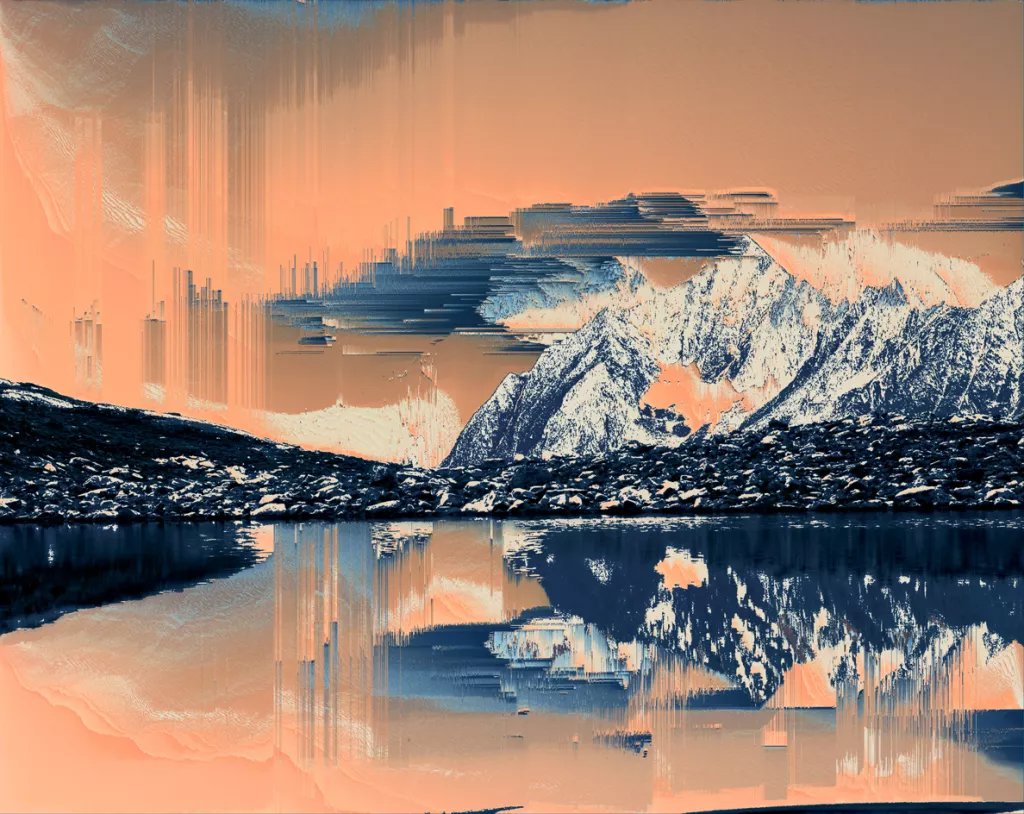Artificial Intelligence (AI) has made significant advancements in recent years, and one fascinating application has been its ability to generate art. AI tools and algorithms can analyze vast amounts of data, learn patterns, and create original pieces of art that mimic different artistic styles. While the concept of AI-generated art raises questions about creativity and authenticity, it also presents new opportunities and challenges in the art world.
AI-generated art, often referred to as “generative art,” involves using machine learning algorithms to produce visual or auditory creations. These algorithms learn from existing artwork, studying patterns, colors, and composition. With this knowledge, AI can generate new pieces that imitate a specific artist’s style or create something entirely novel. This technology has brought forth a range of mesmerizing artworks, from paintings to music compositions, that captivate audiences worldwide.

(Image credit: Kim Asendorf)
One of the most prominent examples of AI-generated art is the use of Generative Adversarial Networks (GANs). GANs consist of two neural networks: a generator and a discriminator. The generator creates new images, while the discriminator evaluates their authenticity. Over time, these networks learn from each other, resulting in AI-generated images that closely resemble real artwork.
AI-generated art has its critics, who argue that it lacks the human touch and the emotional depth that comes from the artist’s lived experiences. They claim that true art requires intention, emotion, and a personal connection with the subject matter. While AI can mimic artistic styles, it cannot replicate the human experience or express genuine emotions. Some argue that AI-generated art is a mere imitation rather than an authentic expression of creativity.
On the other hand, proponents of AI-generated art believe that it opens new possibilities for artistic expression. They argue that AI can expand the boundaries of creativity, offering artists and designers a new toolset to explore and experiment. AI-generated art can inspire and challenge traditional notions of art, sparking conversations about the role of technology in the creative process.
Moreover, AI-generated art can provide accessibility and inclusivity in the art world. It can democratize art creation by enabling individuals without traditional artistic training to express themselves creatively. AI tools can serve as a medium for self-expression and offer a platform for marginalized voices to be heard. This technology allows a broader range of people to participate in the artistic process, breaking down barriers and promoting diversity in the art community.
However, with the rise of AI-generated art comes ethical considerations. Questions arise about copyright and ownership when AI creates works that resemble or are derived from existing artists’ styles. Who owns the rights to these AI-generated pieces? Should the original artist be credited, or is it solely the work of the AI algorithm? The legal and ethical frameworks surrounding AI-generated art are still evolving, and the art world must address these challenges to ensure fairness and respect for intellectual property rights.
In conclusion, AI-generated art is a testament to the advancements in artificial intelligence technology. While it may not replicate the depth of human creativity, it offers new opportunities for exploration and expression. AI-generated art challenges traditional notions of art, sparks conversations, and provides accessibility in the creative process. As this technology continues to evolve, it is essential for the art world to navigate the ethical implications and define the boundaries of AI’s role in artistic creation.

